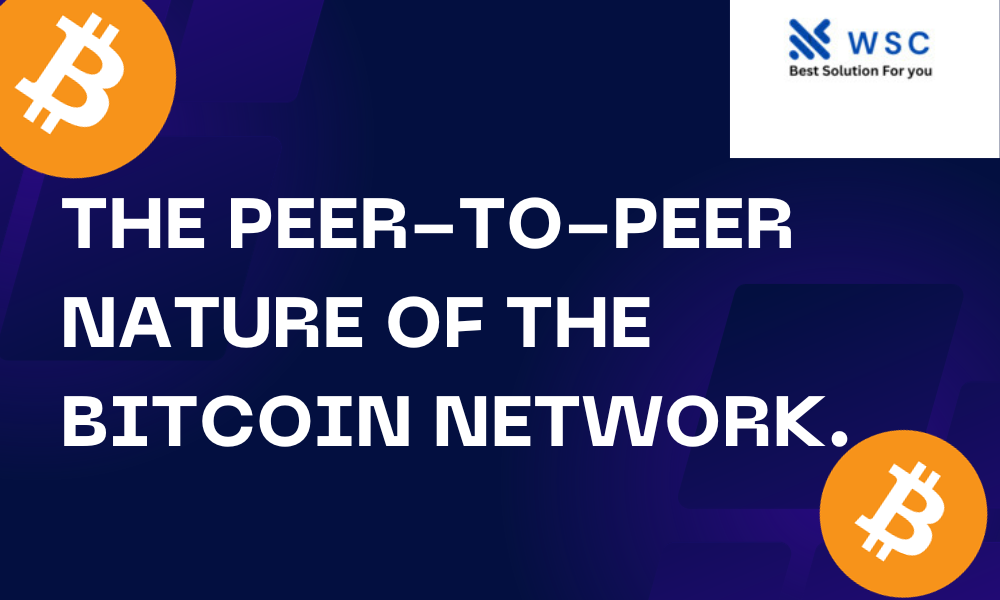The propagation of information within the Bitcoin network stands as a testament to the efficiency and complexity of decentralized systems. At its core, the process involves the dissemination of data across nodes within the Bitcoin network, a pivotal aspect that governs the security and functionality of this digital currency.
Node Communication in Bitcoin Nodes
,the essential elements of the Bitcoin network, play a vital role in the propagation of information. These nodes, which can range from individual computers to powerful data centers, maintain a copy of the entire blockchain. When a transaction occurs, it needs to be verified and added to the blockchain.
Transaction Broadcasting
The journey of a transaction begins when it is initiated by a user. This transaction is then broadcast to neighboring nodes within the network. Each node, upon receiving this information, conducts a series of validations to ensure its authenticity and compliance with the consensus rules.
Verification and Validation
Upon receiving a transaction, nodes execute a stringent verification process. This includes ensuring that the sender possesses the requisite funds and that the transaction adheres to the protocols defined by the network. Valid transactions are then disseminated further to other connected nodes.
Peer-to-Peer Protocol
The communication within the Bitcoin network operates on a peer-to-peer protocol. This means that every node maintains connections with multiple other nodes, creating an intricate web of information propagation. Transactions are swiftly relayed from one node to another until they reach a considerable portion of the network.
Latency and Network Propagation
The efficiency of information propagation is influenced by several factors, including network latency and the number of connections a node maintains. Lower latency and higher connectivity result in faster dissemination of data throughout the network.
Consensus Mechanisms and Information Propagation
Bitcoin’s consensus mechanisms, primarily Proof of Work (PoW), also impact how information propagates. Validating transactions through the PoW algorithm requires miners to solve complex mathematical puzzles, ensuring that only legitimate transactions are added to the blockchain. This process contributes to the integrity of the propagated information.
Propagation Speed and Blockchain Confirmation
The speed at which a transaction propagates through the network varies. However, achieving confirmation on the blockchain involves waiting for multiple confirmations. As more nodes validate and add the transaction to subsequent blocks, its authenticity becomes more secure.
Resilience and Security
The decentralized nature of the Bitcoin network grants it resilience against malicious attacks or attempts to disrupt information propagation. The redundancy created by multiple nodes and their consensus mechanisms fortifies the network against unauthorized modifications or information manipulation.
Conclusion
Understanding how information propagates through the Bitcoin network is fundamental to comprehending its robustness, security, and efficiency. The intricate processes involving nodes, peer-to-peer communication, consensus mechanisms, and validation collectively contribute to the seamless dissemination of data within this revolutionary digital ecosystem.
Check our tools website Word count
Check our tools website check More tutorial




